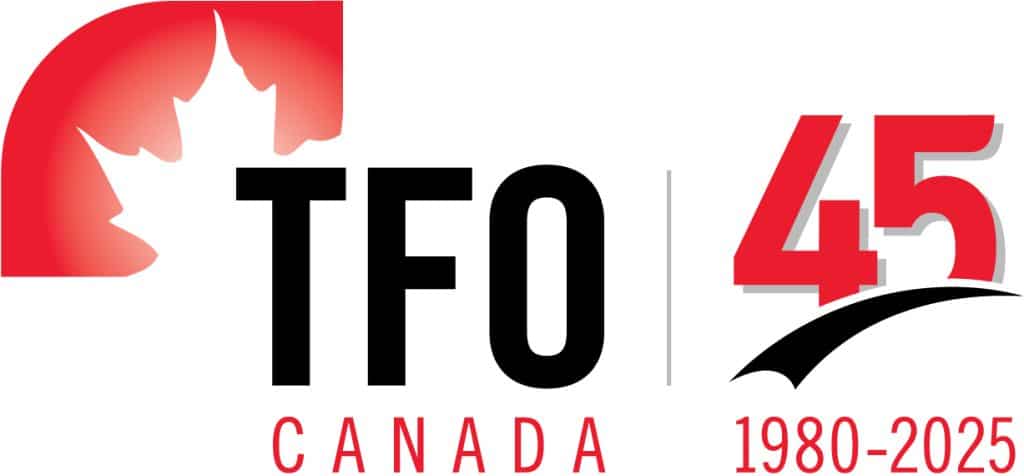(Global Trade Mag)
A potentially significant shift in Canadian and U.S. trade postures over the next 12 to 24 months is taking shape. Canadian businesses, which have traditionally trailed their American counterparts with respect to trade activity and the use of free trade agreements are going to be ramping up their international efforts while U.S. trade activity is expected to level off.
The shift in Canadian trade patterns that could impact trade relations with the United States and sourcing options for U.S. businesses.
According to recent research by Livingston International, the number of businesses in Canada that currently use two FTAs is expected to go from 14 percent this year to 23 percent next year — a growth rate of 65 percent.
Those numbers are noteworthy given that the number of FTAs being used by U.S. businesses isn’t expected to change during the same period. To be fair, U.S. businesses are already far more exploratory and adventurous with respect to their trade activity and the use of FTAs. According to the research, U.S. businesses are more than three times more likely to use three or more FTAs than those in Canada. Just 45 percent of U.S. businesses use only one FTA, versus 55 percent in Canada.
But the expected surge in Canadian FTA participation will change those numbers and points to an interesting shift in Canadian trade patterns that could affect trade relations with the U.S. Not surprisingly, of those businesses on both sides of the Canada-U.S. border that use only one FTA, that FTA is NAFTA. However, with the anticipated increase in multi-FTA participation in Canada, many businesses will be setting their sights on the European and Korean markets. In fact, Canadian trade with Europe is expected to rise more than 60 percent and trade with Korea more than 40 percent.
Interestingly, the data were gathered before the recent signing of the Comprehensive Economic and Trade Agreement (CETA), which removes tariffs on 98 percent of industrial goods being traded between Canada and the European Union. The signing of CETA may draw interest from an even higher number of businesses than originally anticipated when the research was conducted. What will be telling, however, is whether or not the climbing numbers of Canadian businesses exploring the EU market will be sustained after the UK officially leaves the EU and will no longer be accessible to Canadian traders through CETA.
The anticipated increase in trade between Canada and Korea is also revealing. An FTA already exists between the two countries and at least some Canadian businesses will use Korea as a foot in the door to the burgeoning Asian consumer market. The anticipated growth of trade with Korea could be a harbinger of broader trade with Asian countries in general should Canada sign the Trans-Pacific Partnership (TPP), widely expected to be pushed through before the end of the year.
All this means Canadian businesses are becoming more inclined to look beyond their southern neighbor as a source of business. There’s no question that at least part of this newfound appreciation for global markets is being driven by a more favorable exchange rate for the Canadian dollar, which until last year hovered near par with the greenback, limiting the export potential of Canadian goods.
But it’s also reasonable to assume that some of the protectionist sentiment emerging from the recent U.S. election and promises by president-elect Donald Trump to renegotiate NAFTA have some Canadian businesses believing it may no longer be feasible to put all their eggs in one American basket.
If the net result is only an expansion of Canadian trade activity, the effect on U.S. businesses will be negligible. However, should Canadian businesses begin exchanging U.S. trade opportunities for ones in Europe and Asia, it could have a profound impact on the Canada-U.S. trade relationship and, more importantly, the ability of U.S. businesses to source cheaper goods (made even more cost effective via the more favorable exchange rate) from Canadian suppliers.
This is should be of particular concern for those one in four U.S. global businesses who rely on FTAs to source inventory at a lower cost. American businesses that have taken advantage of NAFTA and that rely on consistent trade with Canadian companies will want to consult with trade experts on what might serve as a viable contingency plan for their supply chains in the event the Can-Am trade relationship changes.
Between the recent signing of CETA, the anticipated Brexit, the signing of the TPP, and the potential renegotiation of NAFTA, the next two years are expected to be quite eventful on the trade front. It is encouraging to see Canadian businesses assessing the changing trade landscape and making plans to adjust their own practices. What remains unclear, however, is the degree to which their U.S. counterparts will follow suit or retreat into isolationism.
Cora Di Pietro is the vice president of consulting at trade-services firm Livingston International. She is a frequent speaker and lecturer at industry and academic events and is an active member of numerous industry groups and associations.
